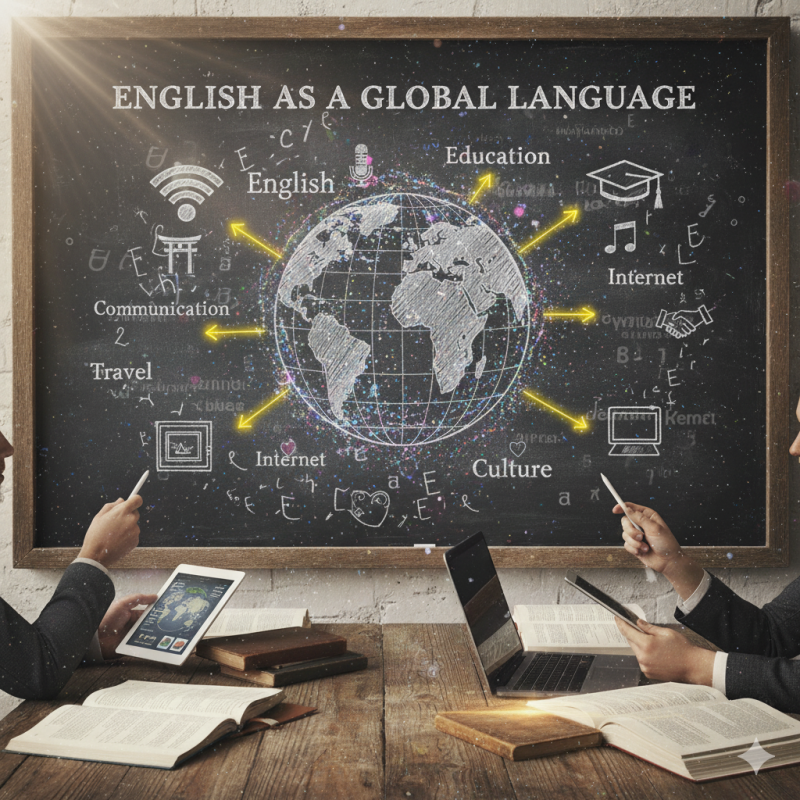What is the English Language?

English is a global language spoken by over 1.5 billion people worldwide, either as a first or additional language. It’s used in international business, science, technology, diplomacy, media, and everyday communication across the globe.
The story of English is long and layered:
-
Old English (5th–11th centuries)
-
Brought to Britain by Germanic tribes (Angles, Saxons, Jutes).
-
Strongly influenced by Old Norse (due to Viking contact).
-
Looked and sounded very different from Modern English—closer to German.
-
-
Middle English (11th–15th centuries)
-
After the Norman Conquest (1066), French became the language of the ruling class.
-
English absorbed thousands of French words (especially in law, government, and culture).
-
This mix created a more flexible vocabulary.
-
-
Early Modern English (15th–17th centuries)
-
The invention of the printing press (1476) helped standardize spelling and grammar.
-
The Renaissance and translations of classical works enriched vocabulary.
-
Shakespeare’s works belong to this stage.
-
-
Modern English (17th century–today)
-
Expansion through trade, science, colonization, and technology spread English globally.
-
It has absorbed words from Latin, Greek, Hindi, Arabic, and many other languages.
-
Today, English exists in many varieties: British, American, Australian, Indian, Nigerian, and more.
-
👉 In short: English is a “hybrid” language, shaped by centuries of contact and change. That’s part of why it’s both rich and irregular—and why it has become such a flexible tool for global communication.